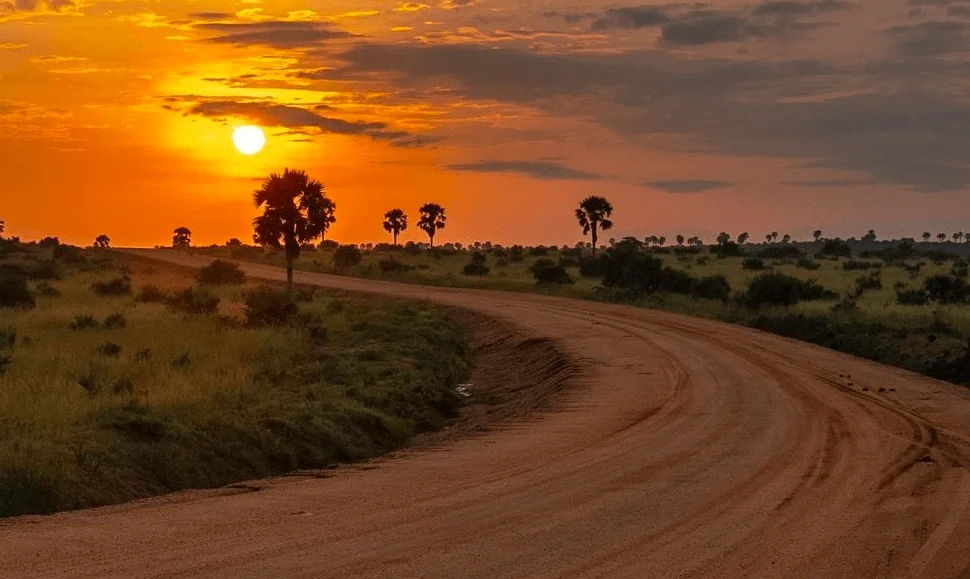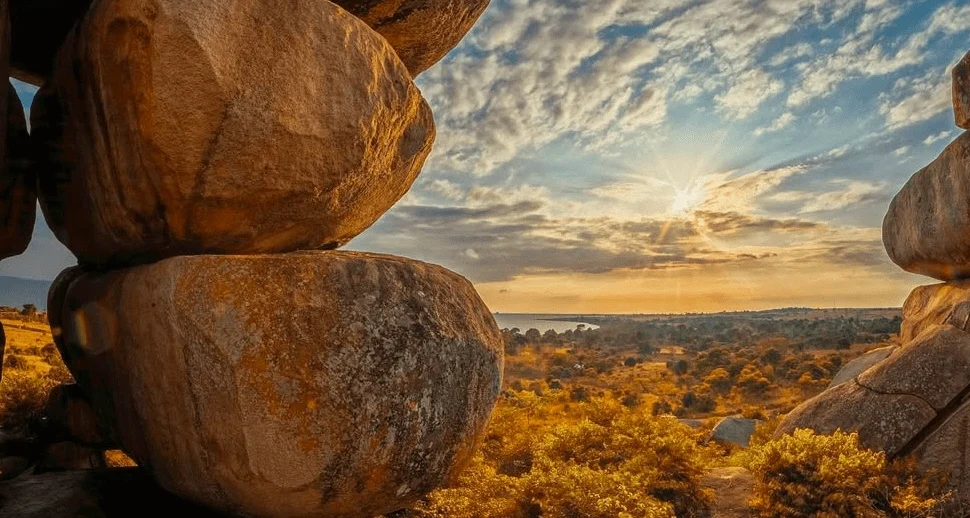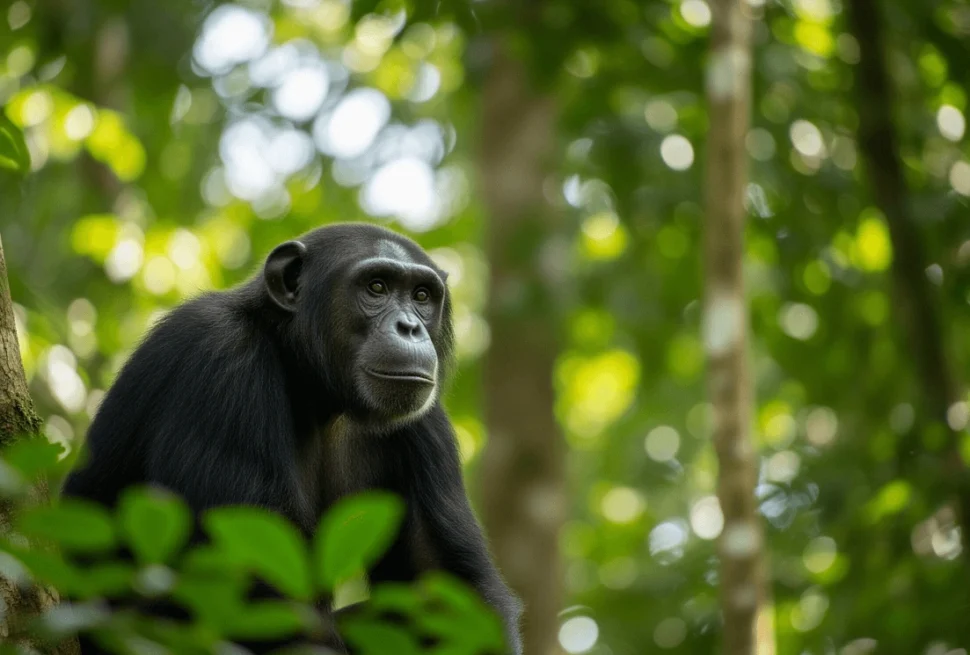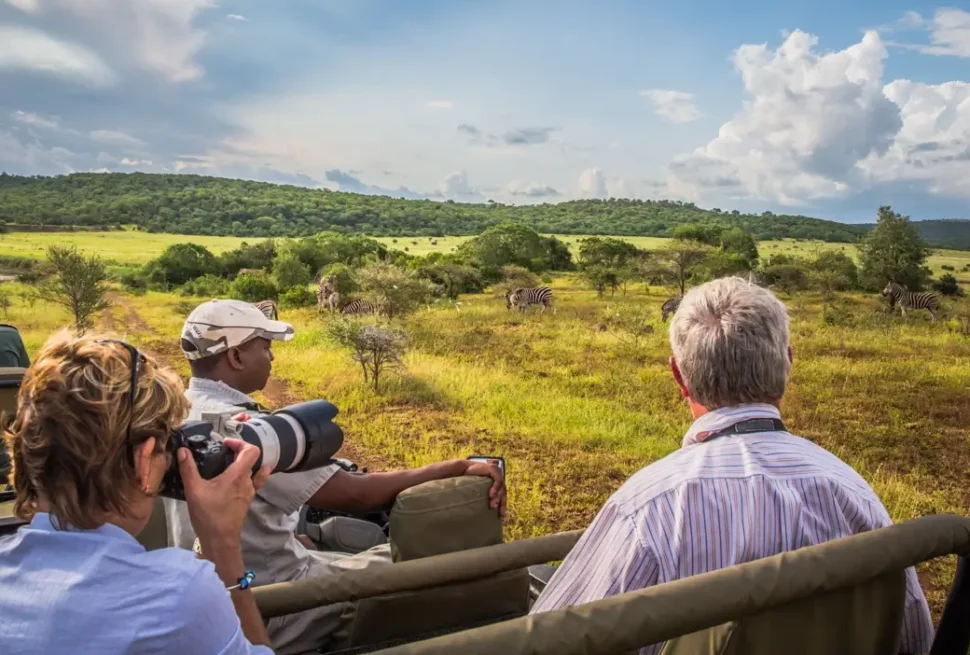There’s a persistent question that hovers in the minds of many first-time travelers: Is an African safari safe?
It’s not an irrational worry. Media headlines often skew perceptions, and safety concerns—whether about wildlife, transport, or health—can feel amplified when you’re considering long-haul travel to a continent you may never have visited.
But here’s the reality: the majority of African safaris are remarkably well-run, closely regulated, and safer than many people assume.
Still, brushing aside the risks with glossy travel-brochure reassurances does travelers a disservice. Real safety isn’t about pretending risks don’t exist—it’s about understanding them, preparing well, and choosing destinations that balance adventure with responsible management.
Let’s talk honestly about safari safety, compare key countries, and explore why Uganda deserves a closer look.
Key Takeaways
- Most African safaris are well-regulated with strong safety records, but risks vary by country and activity.
- Wildlife encounters are highly controlled—serious incidents with tourists are rare when guidelines are followed.
- Road safety is often a bigger threat than wildlife. Driving conditions, vehicle maintenance, and local road rules matter.
- Uganda stands out for its manageable logistics, calm parks, and professional safari operations.
- Smart preparation—like understanding local health risks and following your guide’s instructions—is key to a safe trip.
What Does Safari Safety Really Mean?
Safety on safari isn’t a single concept. It’s layered.
There’s wildlife safety: avoiding dangerous encounters by respecting animal space and following strict guide protocols.
There’s logistical safety: road conditions, flight reliability, vehicle standards, and emergency response systems.
And there’s personal health safety: malaria zones, food hygiene, altitude considerations, and access to medical care.
Tour operators like Dust & Echo who work across East Africa build trips that carefully manage these layers. But it’s worth digging into how this plays out in different countries.
Country by Country Safari Safety Comparison
1. Democratic Republic of Congo (DRC)
The Democratic Republic of Congo offers something few places can: the chance to track both mountain gorillas and the rare eastern lowland gorillas. It’s wild, remote, and breathtaking—but it’s also a destination that demands serious risk awareness.
Parts of eastern DRC are controlled by armed rebel groups, including the M23 movement that has destabilized regions near Virunga National Park. These are not theoretical risks. Virunga has seen park ranger attacks, kidnapping incidents, and periodic closures in response to security threats.
That said, Virunga has also established one of the most advanced private security operations in any African park. When open, it’s closely monitored by both park authorities and the Congolese army.
Is it safe? For experienced travelers with high risk tolerance, it can be an unforgettable, carefully managed experience. But no safari in the DRC is without potential volatility. Travelers must weigh the rewards against real-time security updates and government advisories.
Relevant trips: 3 Days DR Congo Mountain Gorilla Trek, 6 Days DR Congo Double Lowland & Mountain Gorilla Trek
2. Kenya
Kenya is one of Africa’s most famous safari destinations, home to the Maasai Mara and iconic Big Five wildlife. For most travelers, safaris in Kenya are safe, especially when sticking to the main parks and working with vetted tour operators.
However, Kenya has faced sporadic security issues over the past decade, including terrorist attacks in urban areas. While these incidents are rare and largely unrelated to safari tourism, travelers should remain aware and follow local advisories.
Kenya’s parks are well-run, with excellent infrastructure, experienced guides, and consistent visitor safety protocols. The biggest risks here are usually logistical: driving on challenging rural roads or navigating Nairobi’s notorious traffic.
Continue reading: What are the Big Five and where to find them in East Africa, The best time to see the Big Five in Uganda
3. Rwanda
Rwanda’s past is often the first thing people think of—the 1994 genocide that claimed over 800,000 lives in just 100 days. That tragic history is real, and the country doesn’t hide from it. In fact, visiting the Kigali Genocide Memorial offers a sobering and powerful chance to understand Rwanda’s story.
But today’s Rwanda is one of Africa’s safest, cleanest, and most efficiently run countries. The government has invested heavily in security, infrastructure, and tourism. Gorilla trekking in Volcanoes National Park is tightly regulated, with small daily visitor numbers and strict ranger protocols.
Rwanda’s stability is not superficial. It’s deeply embedded in the way the country operates—from the spotless streets of Kigali to the disciplined park management in Volcanoes, Nyungwe, and Akagera.
Relevant trips: 7 Days Rwanda Gorilla & Chimpanzee Trekking, 5 Days Rwanda Gorilla Trekking & Akagera
4. Uganda
Uganda is sometimes overshadowed by its neighbors, but that’s precisely what makes it a gem for careful travelers.
Parks are quieter. Gorilla trekking in Bwindi and Mgahinga follows strict safety protocols, with daily health checks and armed rangers accompanying every trek.
Road trips in Uganda are manageable, and tourist routes are generally safe, though driving at night is discouraged. The safety record of safari operators is strong, and Uganda Wildlife Authority regulations are tightly enforced.
The relative calm in parks like Queen Elizabeth and Murchison Falls allows for intimate wildlife experiences without the high visitor density seen elsewhere.
Self-drive safaris are possible here, but a guided trip remains the safer, smoother option.
The Most Common Safari Risks (and How to Handle Them)
1. Road Travel
Road accidents, not wildlife encounters, are statistically the biggest threat. Safaris that involve long road transfers—common in Kenya and Tanzania—carry more road-related risks. Uganda’s safari circuits often involve shorter distances with lighter traffic.
Travel tip: Prioritize operators with well-maintained vehicles and drivers familiar with local conditions.
2. Wildlife Encounters
It’s rare for tourists to be injured on safari when guides’ instructions are followed. Problems usually arise when people step out of vehicles unsupervised or get too close to animals during walking safaris.
Travel tip: Always follow your guide’s directions—these protocols exist for a reason.
3. Health Risks
Malaria is present in many safari regions, including Uganda. However, the actual risk is low when proper prevention is followed. Food safety and clean water access are generally good in reputable lodges and camps.
Travel tip: Take antimalarials, use insect repellent, and drink bottled or treated water.
4. Political Stability
While most safari zones are stable, occasional protests or regional tensions can occur. Uganda’s safari destinations have remained notably calm and tourist-friendly.
Travel tip: Stay informed about local news and book with operators who monitor on-the-ground situations.
Safari Safety Tips for First-Time Travelers
- Travel with a reputable company that prioritizes guest safety.
- Follow all wildlife guidelines and never approach animals on foot unless permitted.
- Avoid long night drives on poorly lit roads.
- Take recommended vaccinations and malaria prophylaxis.
- Secure comprehensive travel insurance that covers medical evacuation.
For a deeper dive into preparation, see our guide on how far in advance you should book a safari.
Uganda Is a Smart, Safe Safari Choice
Uganda is often overlooked by first-time safari-goers, but that’s exactly why it works.
It offers close-knit, expertly guided gorilla trekking, richly biodiverse parks, and calmer travel routes. The country’s safari infrastructure is mature but not overbuilt.
Local operators, park rangers, and conservation authorities work with a refreshing attention to detail. Uganda’s safety record, particularly in national parks, is strong.
Travelers who value authentic, lower-risk adventures without the crush of tourist crowds find Uganda to be an excellent fit.
If you’re considering a safari that balances adventure with care, request a quote and we’ll help you design a trip that’s thrilling and thoughtfully managed.
FAQ: Safari Safety Questions
How dangerous are African safaris?
When organized by reputable operators and when guidelines are followed, African safaris are remarkably safe. The most common risks are road-related, not wildlife-related.
Is Uganda safe for tourists?
Yes. Uganda’s popular safari regions are stable, calm, and closely monitored. Guides, lodges, and park authorities prioritize visitor safety.
What should I do if I feel unsafe on safari?
Immediately communicate with your guide or lodge manager. They’re trained to handle concerns quickly and professionally.
Do I need travel insurance for safari?
Absolutely. It should include medical evacuation, especially if you’re visiting remote parks.
What’s the safest safari for first-time travelers?
A guided safari in well-regulated parks with manageable logistics—Uganda’s gorilla treks and wildlife tours fit this profile well.





